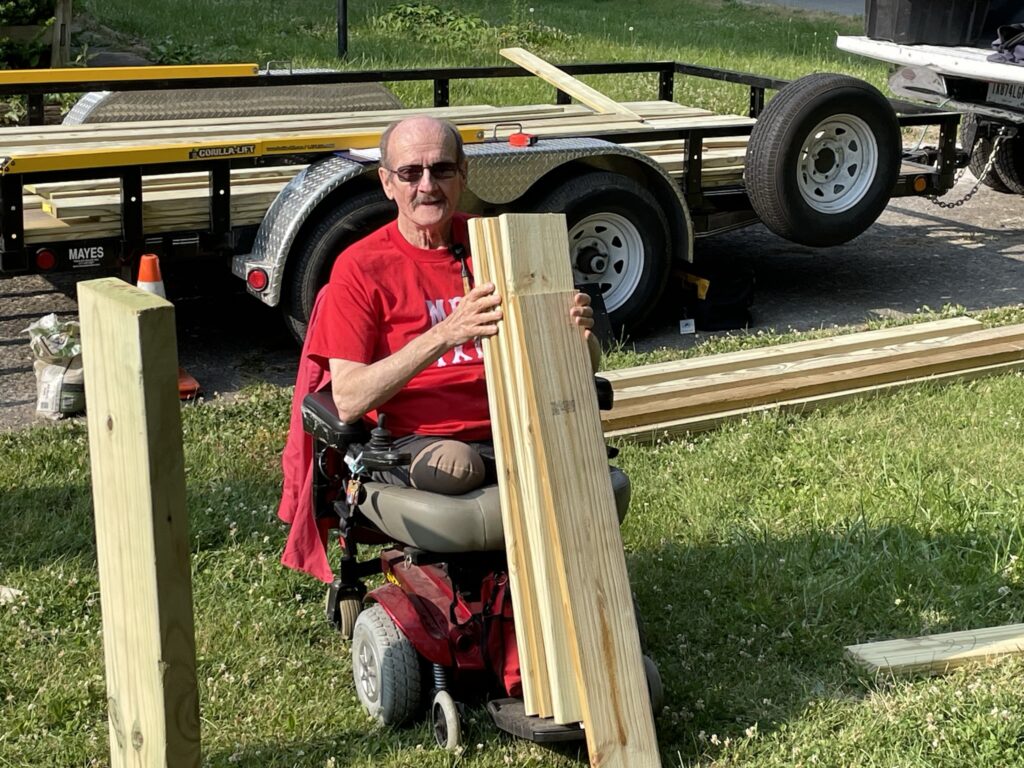By Evan Drake, Mobility Expert and Founder of RestoreMobility.com
Ever feel like you’re a race car driver trapped in the world of pedestrians? Mobility scooters can be your ticket to freedom.
Picture this: zipping through aisles at the grocery store, breezing past walkers on the sidewalk. It feels exhilarating, right?
But hold up… Are mobility scooters all they’re cracked up to be?
We’ll explore that and more in this deep dive into their pros and cons. We’ll look under the hood at key features – things like adjustable steering wheels for comfort and safety options for control. Then we’ll put the pedal to the metal, with benefits such as increased independence and maneuverability.
But remember, every ride has its bumps – so we won’t shy away from drawbacks either. Limited battery life, anyone? Or transportation challenges? Buckle up! Hold on tight – it’s going to be quite a journey!

Understanding Mobility Scooters and Their Role
Mobility scooters have a critical role in the lives of many individuals with limited mobility. They give freedom, independence, and an enhanced quality of life to those who might otherwise be confined.
The Growing Demand for Mobility Scooters
Mobility scooter usage has been increasing over recent years due to growing awareness about accessibility issues and an aging population’s needs. Research done by the National Institute on Aging shows that currently, 2.7 million US citizens utilize mobility scooters.
This trend isn’t just limited to America either; the global market value for mobility scooters is projected to reach $2.13 billion by 2025, growing at a CAGR of 7.8% from 2018 to 2025. These numbers indicate not only the vital role mobility scooters play in people’s lives but also their growing acceptance worldwide.
Key Features of Mobility Scooters
Mobility scooters are equipped with features that prioritize comfort and customization, enhancing the overall user experience. For instance, adjustable steering wheels and larger seats not only cater to a range of body types but also make sure rides are as comfortable as possible.
Safety Features in Mobility Scooters
Safety is paramount when it comes to mobility devices like scooters. To this end, manufacturers have incorporated various safety features into their designs.
One such feature is joystick control. Joystick controls offer precise maneuverability for users by allowing them to control direction and speed easily. This intuitive control system lets users navigate tight corners or crowded spaces without worry.
Besides joystick controls, reclining options add another layer of safety while promoting comfort at the same time. By letting you adjust your seat position based on your personal needs or preferences, these options can help prevent back pain or discomfort during extended use. You can find some incredible options at RestoreMobility.com because they attach extra importance to products with higher and better safety features.
Finding Your Perfect Match: Customizable Steering Wheels and Larger Seats
Adjustable steering wheels and larger seats? Yes, please. These features mean you can tweak your ride to fit like a glove. That’s right; these scooters are all about making life more comfortable.

Advantages of Mobility Scooters
Mobility scooters offer a lifeline to those who need help getting around, transforming every day into an accessible adventure. But what makes them so advantageous?
Increased Independence with Mobility Scooters
First off, mobility scooters give users the freedom they crave. They let people keep up with their daily activities without relying on others.
No more missing out on social events or struggling through errands – mobility scooters provide that independence. Plus, this newfound autonomy isn’t just practical; it’s also great for mental health, fostering self-confidence and happiness in users.
Maneuverability of Mobility Scooters
Apart from giving you back your freedom, these little powerhouses are quite nimble too. Especially when we’re talking about 3-wheel models.
Their compact design and smaller turning radius make navigating tight spaces a breeze. Whether indoors or outdoors, these agile machines can handle corners like professional race car drivers.
Specialized Ramps for Mobility Scooters:
Mobility scooters, with their distinct size and weight, demand specialized infrastructure. Not every ramp can handle these specifications. This is where SAWs Ramps shines. We understand the unique requirements of mobility scooter users. Our ramps are engineered with precision, ensuring not only accessibility but also safety and durability. With SAWs Ramps, scooter users can navigate with confidence, knowing they’re supported by a design tailored just for them.
Drawbacks of Mobility Scooters
As with any product, mobility scooters have their own set of drawbacks. Despite offering independence and maneuverability, these machines are not without a few limitations.
Limited Battery Life
A common issue faced by users is the limited battery life of mobility scooters. On average, most models provide between 15 and 20 miles per charge, depending on various factors like weight, load and terrain. Consumer Reports mentions that understanding your daily mileage needs can help you choose a model with adequate battery capacity.
The fact remains, though; there will be days when your scooter’s juice runs out quicker than anticipated. For instance, colder weather conditions can significantly reduce the range of batteries in general – including those in mobility scooters.
Transportation Challenges
Moving onto another concern: transportation challenges Due to their bulky design and considerable weight (often exceeding 100 pounds), transporting them may require extra planning or even additional equipment, such as ramps or vehicle lifts. Mobility Scooter Direct suggests that lightweight folding models might offer an easier solution for frequent travelers, but this isn’t always feasible for everyone due to differing user requirements.
Beyond personal vehicles, using public transport systems also presents its share of obstacles because accessibility varies widely across different regions and services. “Can I bring my scooter onboard?”, becomes a question often asked yet seldom answered definitively.
Cost Considerations
Last but not least, cost is a significant factor to consider. Prices for mobility scooters can range from hundreds to thousands of dollars based on their features and specifications. Plus, ongoing costs such as battery replacements and maintenance work also add up over time. AARP’s guide provides useful insights into the different costs involved in owning a mobility scooter.
Many health insurance plans do not cover the purchase price of a mobility scooter, thus making it an out-of-pocket expense for many.
FAQs about Pros and Cons of Mobility Scooters
What are the disadvantages of mobility scooters?
Mobility scooters can have limited battery life, be hard to transport due to their size and weight, and might not handle rough terrain well.
Are mobility scooters a good idea?
Absolutely. Mobility scooters enhance independence for people with reduced mobility by helping them maneuver both indoors and outdoors more easily.
What is the average life of a mobility scooter?
The lifespan of a typical mobility scooter ranges from 5-10 years, depending on usage, maintenance, model quality, and battery health.
How often will Medicare pay for a mobility scooter?
If you qualify medically, Medicare Part B may cover up to 80% of the cost every five years for durable medical equipment like mobility scooters.
Conclusion
Zooming around on mobility scooters can be a game changer. They give you the independence to maneuver both indoors and outdoors, helping maintain social connections.
You’ve got comfort with adjustable steering wheels and larger seats. And let’s not forget about safety options like joystick controls. But don’t overlook potential bumps in your ride, such as limited battery life or transportation challenges.
Weighing up these pros and cons of mobility scooters is crucial before hitting that gas pedal! If you’re ready to embrace an independent lifestyle while staying mindful of the drawbacks, then buckle up. It’s going to be quite a ride!

